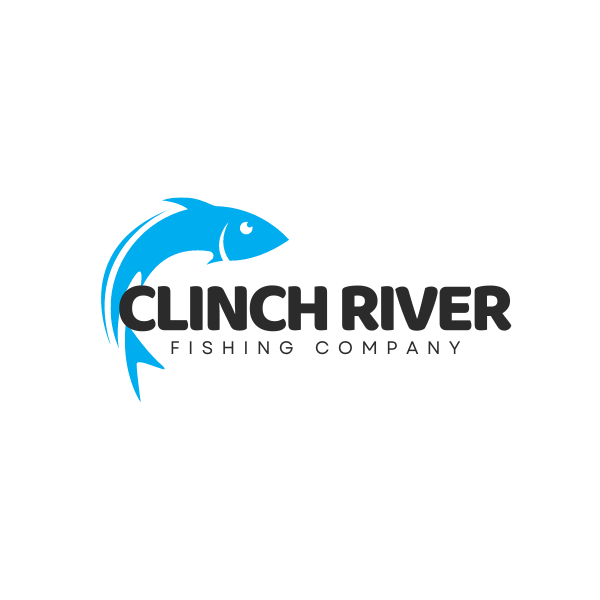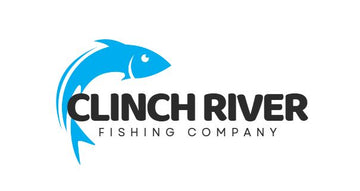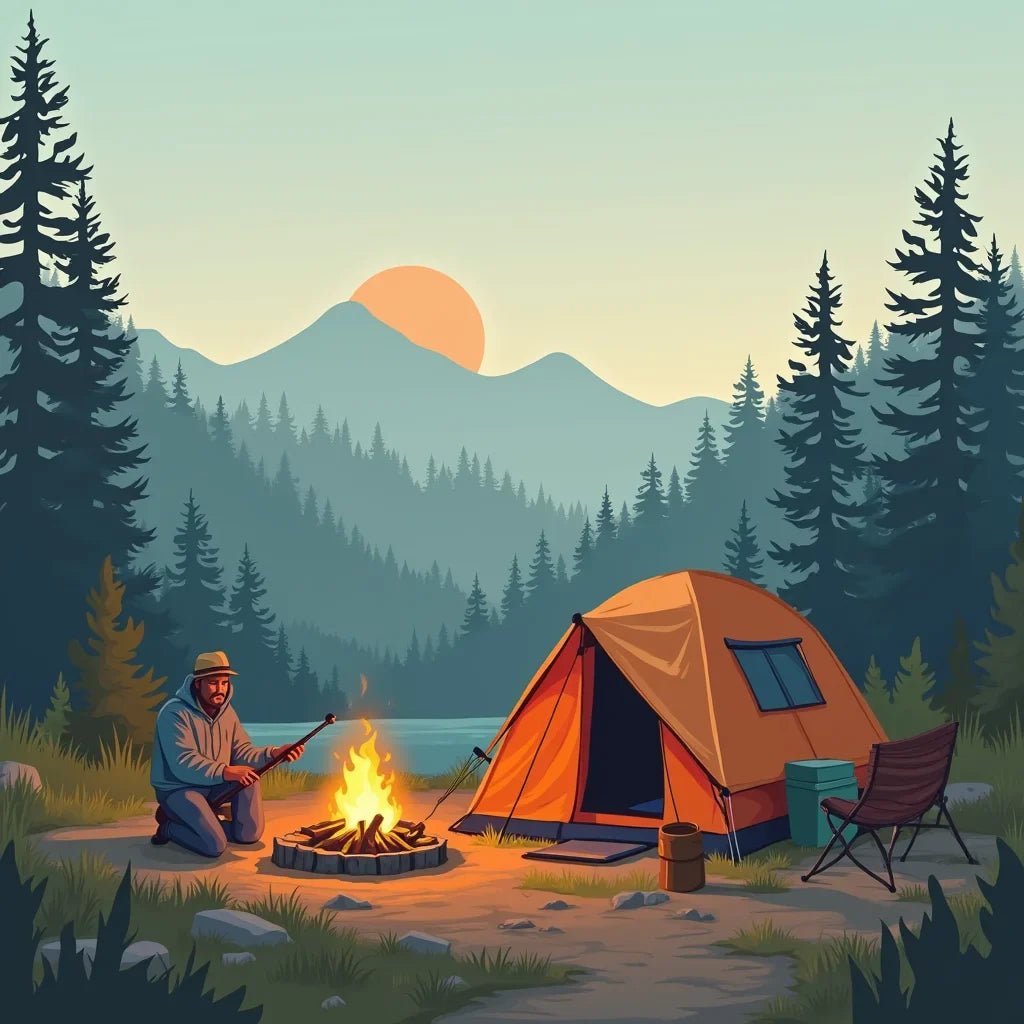Updated on: 2025-10-04
- Pros and cons of camping for an enjoyable camping trip
- Step-by-step practical guide to a smooth camping trip
- Wrap-up: a thoughtful approach to camping
- Camping Q&A: helpful answers to common questions
Camping can be a gentle way to slow down, unplug, and reconnect with nature. If you are planning a camping trip for the first time, or returning to the basics after a break, this guide offers a simple path. You will find steps for choosing campgrounds, picking the right camping gear, and planning food that stays safe. The advice supports calm, comfortable camping out, whether you prefer family-friendly sites or riverside retreats like the peaceful waters near the Clinch River. By the end, you will have a clear list to pack, a flexible plan to follow, and a thoughtful mindset that supports an easy experience.
Pros and cons of camping for an enjoyable camping trip
Every outdoor activity has trade-offs. Understanding them in advance helps you plan a camping trip that feels comfortable and safe.
-
Pros
- Restorative time outdoors that supports stress relief and deeper sleep.
- Flexible options: campgrounds for tents, cabins, or RVs suit many comfort levels.
- Affordable getaways compared to hotels, especially for families.
- Skills that build confidence, from fire safety to simple meal planning.
- Easy to pair with fishing, hiking, and nature photography.
-
Cons
- Weather can be unpredictable, so backups are helpful.
- Insects and wildlife require careful food storage and campsite cleanliness.
- Gear costs add up if you buy everything at once.
- Some campgrounds book early during popular seasons.
- New campers may feel overwhelmed without a clear checklist.
With a little preparation—especially around camping gear, meal safety, and a simple checklist—the benefits of camping often outweigh the challenges.
Step-by-step practical guide to a smooth camping trip
This calm, step-by-step plan keeps things simple. You can adapt it to a weekend escape or a longer adventure.
Choose your destination and campgrounds
Begin with a broad idea: lakeside, mountains, forest, or river. Then look for campgrounds that match your comfort level. Many public and private sites clearly list amenities like potable water, flush toilets, or showers. If you are new to camping out, consider sites with on-site hosts and good lighting in common areas. When planning near a river, reading local guides—such as the helpful notes on the Blog—can help you understand access points, nearby trailheads, and quiet hours.
- Confirm reservation windows and any permit requirements.
- Check campsite details: shade, distance to water, and level ground for your tent.
- Note rules on quiet hours, pets, fires, and bear-proof storage if applicable.
Build a family camping checklist for beginners
A family camping checklist for beginners keeps stress low and covers essentials without overpacking. Start with the basics and add comfort items based on your group’s needs.
- Shelter: tent, footprint or tarp, stakes, mallet, guylines.
- Sleep system: sleeping bags rated for expected temperatures, sleeping pads, pillows.
- Cooking: stove, fuel, lighter, pot/pan, utensils, mugs, bowls, biodegradable soap, sponge.
- Food: simple meals, snacks, a cooler with ice, food-safe storage containers.
- Water: filled jugs or a filter if the site has a potable source.
- Clothing: layers, sun hat, warm hat, extra socks, rain jacket.
- Safety: first aid kit, headlamps with extra batteries, map, whistle, basic repair kit.
- Comfort: camp chairs, small table, lantern, book or games for downtime.
If you are camping with young children, consider a comfort object from home, a small nightlight, and a simple routine for bedtime. For local perspective and friendly advice, the About page provides helpful context on nearby water access and outdoor etiquette.
Select and test your camping gear
Your camping gear does not need to be fancy to be effective. Choose reliable items that are easy to use and suited to your climate. Before your trip, set up your tent at home, test your stove outside, and confirm your headlamps work. A small repair kit with duct tape, extra cord, and a multi-tool prevents small issues from becoming trip stressors.
- Tent: consider floor space, peak height, ventilation, and a rainfly with full coverage.
- Sleeping comfort: a sleeping pad with good insulation can matter more than bag thickness.
- Lighting: headlamps make hands-free chores safer after dark.
- Footwear: supportive shoes or boots with good tread reduce slips on wet ground.
- Backups: pack an extra lighter, a few waterproof matches, and spare batteries.
When camping out in breezy areas, practice staking and guying the tent so you can secure it quickly if wind picks up.
Plan meals and keep food safe and cold while camping
Meal planning is simpler with a short list of favorites. Choose foods that pack well and cook in one pot when possible. The key is clean hands, cold storage, and sealed containers. Many campers ask, “How do I keep food safe and cold while camping?” A well-insulated cooler, frozen water bottles, and shaded placement help a lot. Keep raw and ready-to-eat foods separate, and open the cooler only when needed.
- Pre-chill the cooler and use a mix of block ice and frozen bottles to reduce melted water.
- Store the cooler in the shade and cover it with a light towel to reduce heat absorption.
- Use leakproof containers, label meals, and keep a simple meal timeline.
- Clean as you go with biodegradable soap and a dedicated wash basin.
If you have site-specific questions, the local team on the Contact page may be able to point you to nearby stores, ice options, or campsite rules on food storage.
Pack smart and load your vehicle
Keep frequently used items accessible. Place rain jackets and headlamps at the top of a daypack. Group kitchen items together, and keep the tent bag on top so you can set up quickly. A clear bin for small items (batteries, tape, repair bits) saves time.
- Use soft duffels that flex around bulkier bins in your trunk.
- Keep a small tote for trash bags and cleaning supplies.
- Note the order you will unload: tent, sleep system, then kitchen.
Set up camp and settle in
When you arrive, take a quiet moment to look for level ground and natural wind breaks. Place your tent entrance away from prevailing wind and check for overhead branches. Keep cooking and food storage a short distance from sleeping areas. As the sun lowers, set up a lantern or headlamp at the table to make dusk chores easier.
Practice low-impact camping out and safety
Low-impact camping preserves the places you love. Stay on established paths, use designated fire rings where allowed, and pack out all trash—including small bits like twist ties and food wrappers. Keep a respectful distance from wildlife and store food in a vehicle, canister, or provided lockers, as rules suggest.
- Bring a small trash bag for micro-litter.
- Use a stove in windy or dry conditions to reduce fire risk.
- Share quiet hours so neighbors can rest.
Wrap-up: a thoughtful approach to camping
Camping rewards a patient, prepared approach. With a clear plan for campgrounds, a simple checklist, and tested camping gear, most trips unfold with calm ease. When in doubt, simplify: fewer meals, fewer gadgets, and a focus on comfort. If you are searching “best camping spots near me,” consider what feels restful for your group—shade, water access, short trails, or amenities like showers. Gentle planning makes room for unhurried mornings, relaxed meals, and unplanned moments of wonder. For regional perspective and river-friendly ideas, the About page offers helpful background on local outdoor culture.
Camping Q&A: helpful answers to common questions
What essential gear do I need for camping?
Most campers feel well-prepared with a reliable shelter, a comfortable sleep system, safe lighting, and simple cooking tools. A tent with a full-coverage rainfly, a sleeping bag suited to expected nighttime temperatures, and a sleeping pad with adequate insulation cover the basics. Add a stove, fuel, lighter, pot or pan, utensils, a headlamp, and a first aid kit. Round it out with weather-appropriate layers and sturdy footwear. Start with essentials and add comfort items—like camp chairs—once you learn what matters most to your style.
How do I keep food safe and cold while camping?
Pre-chill a quality cooler, use block ice and frozen bottles, and keep the cooler in shade. Separate raw foods from ready-to-eat items in leakproof containers, and open the cooler only when needed. If your site offers bear lockers, use them; if not, follow local guidance on vehicle storage or approved containers. Clean hands, sealed containers, and a simple meal plan go a long way toward food safety during a camping trip.
How do I find the best camping spots near me?
Start with a clear wish list: shade, proximity to water, trail access, or family amenities. Then browse official park websites and trusted reviews to compare sites. Search terms like “best camping spots near me” can help, but confirm details like reservation windows, site photos, and local rules before booking. If riverside access is important to you, regional sources such as the Clinch River homepage can offer context about nearby recreation and conditions.
What is the difference between camping out and car camping?
Camping out is a broad phrase that can include backpacking, walk-in sites, or simple tent camping. Car camping typically means you park at or near your campsite, making it easy to bring a cooler, chairs, and bulkier gear. If you are new, car camping is a gentle introduction with less carrying and more comfort, while still offering the restorative feel of sleeping outdoors.

Owner and CEO of Clinch River FIshing USA. A marine electroncs, fishing and outdoor store.

